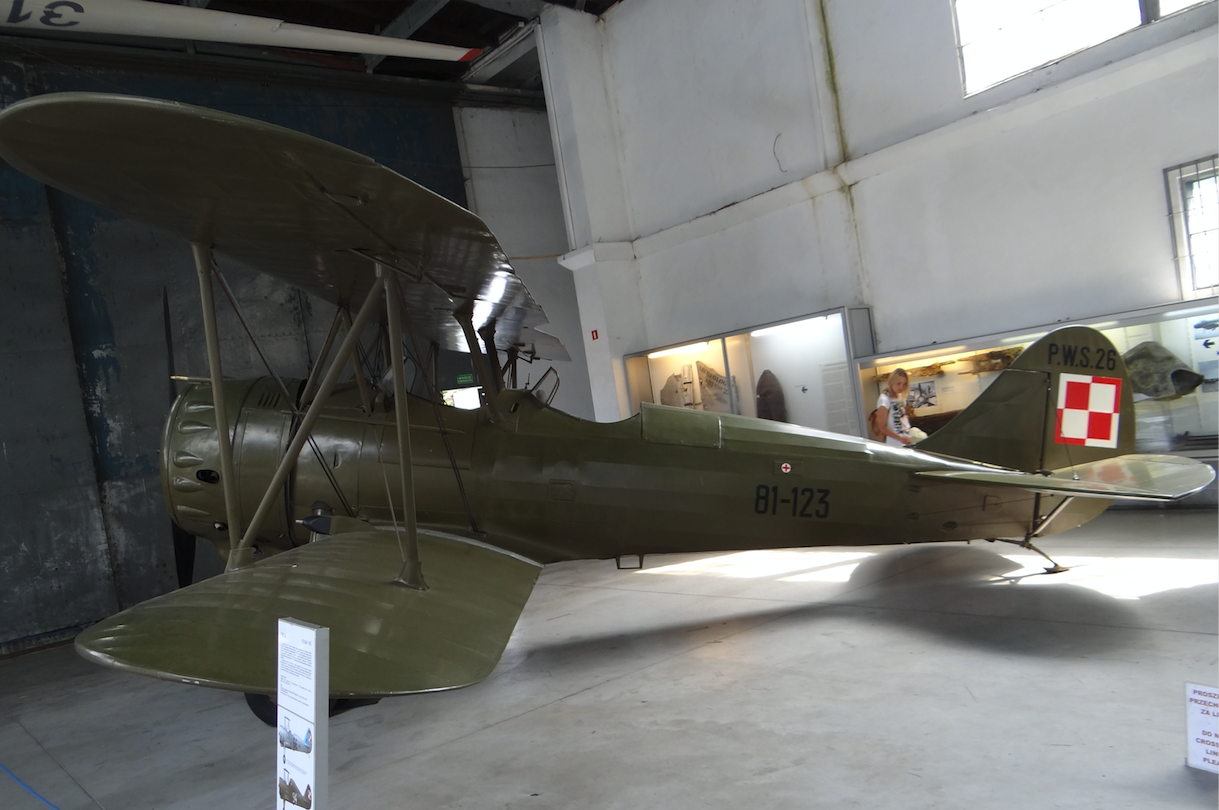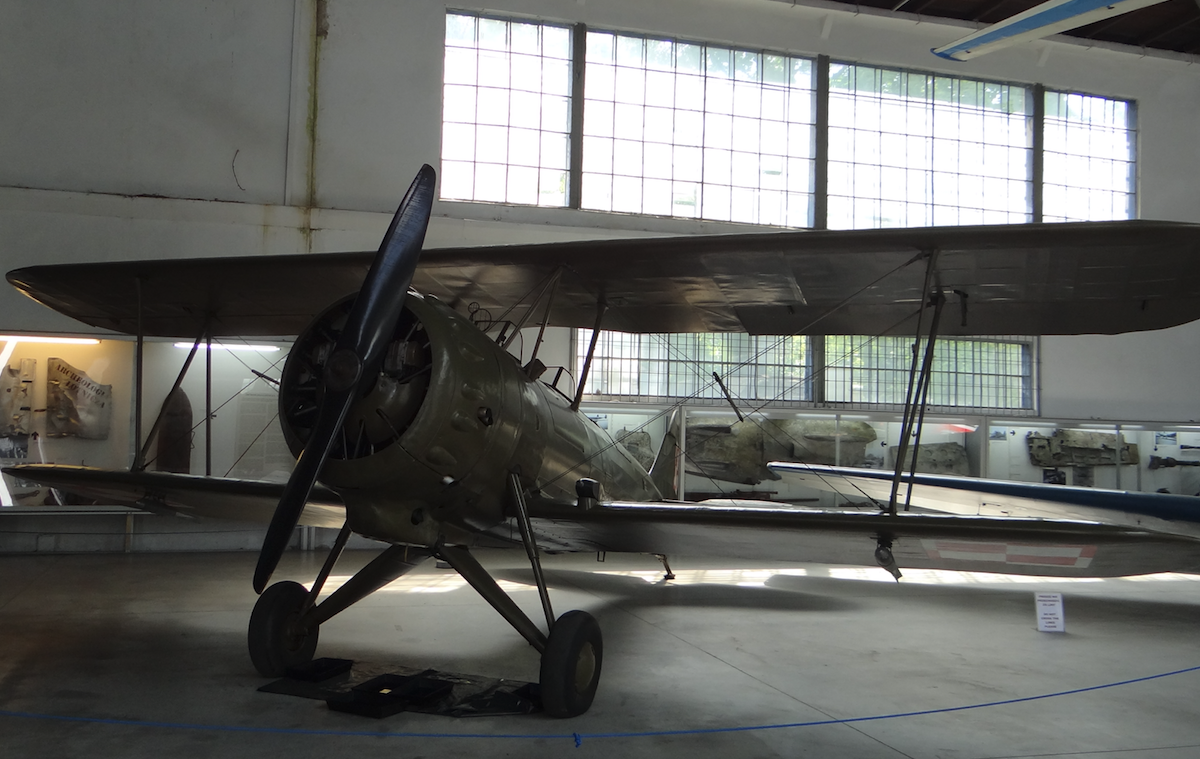Kraków 2017-09-12
History
00135a Section 1935 year.
Podlaska Wytwórnia Samolotów PWS-26.



PWS-26.
The PWS-26 aircraft is one of the best training and training aircraft in the 1930s. The performance of the PWS-26 aircraft was very good. The plane is not only very maneuverable, but also forgiven less skilled pilots many mistakes. If Poland remained a free state after the Second World War, the production of PWS-26 could be resumed, which by all parameters exceeds the Russian UT-2 and Po-2 lumber, which our pilots had to struggle with.
The PWS-26 aircraft comes from the entire line of training and training aircraft developed at the Podlasie Aircraft Factory. The constructor of the aircraft was August Bobek-Zdaniewski (1902-1988), a Polish engineer, inventor, and aviation constructor. He was one of the young, talented, enthusiastic Polish designers, educated in the reborn Republic of Poland. In 1923, he graduated from the Faculty of Mechanics and Technology at the Higher Industrial School in Krakow. He found a job at the technical office of Zakłady Mechaniczne Emil Plage and Teofil Laśkiewicz in Lublin, the first Polish aircraft factory. Then the constructor moved to the Wielkopolska Wytwórnia Samolotów "Samolot" in Poznań. Here he participated in the construction of aircraft. In the spring of 1927, he accepted the position of an independent designer at the Podlasie Aircraft Factory in Biała Podlaska. As a constructor, he was very inventive. He had an unconventional approach to the construction of airplanes. He liked unconventional solutions. He had many patents. He was the first Pole to use a wing with a slant forward.
320 PWS-26 aircraft were built. During the Second World War, many planes fell into German, Russian and Romanian hands.
Written by Karol Placha Hetman
